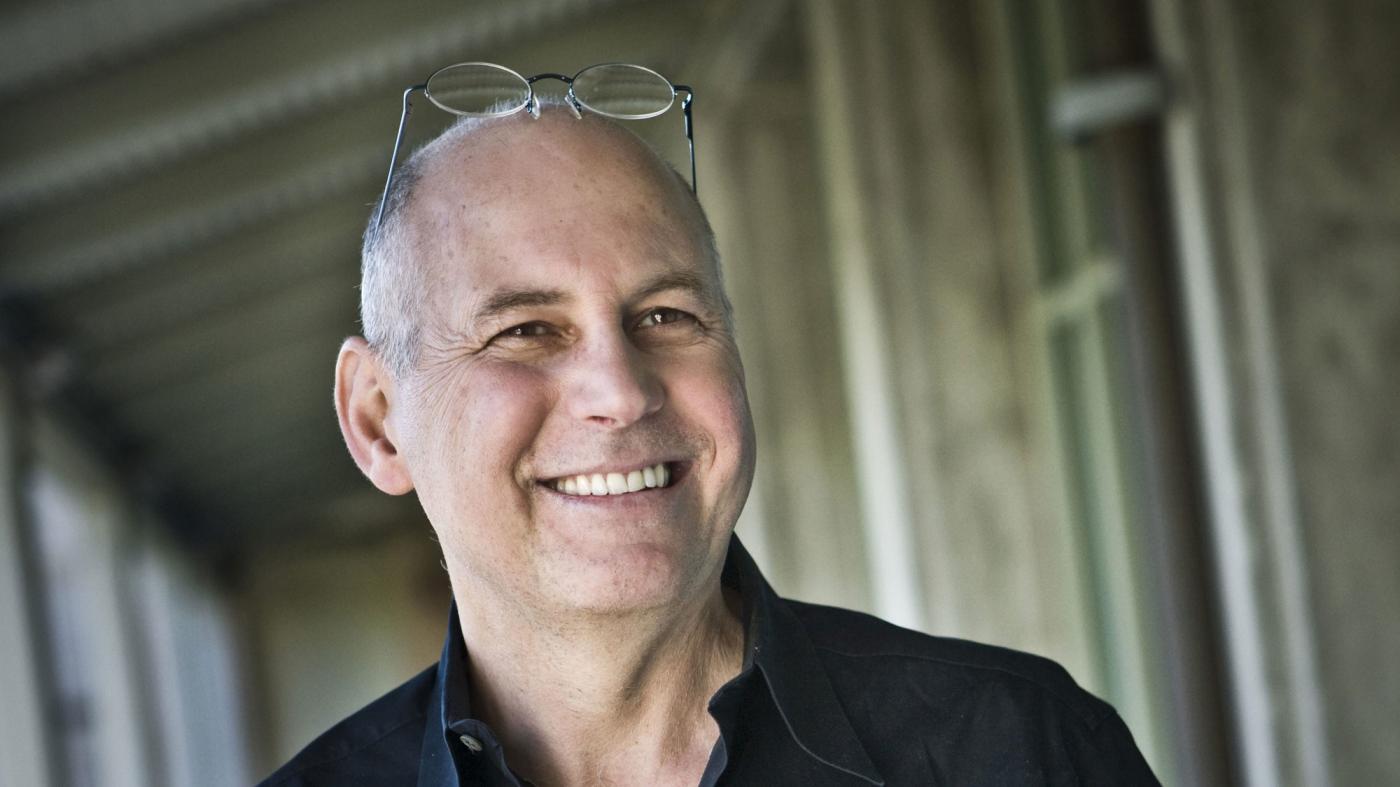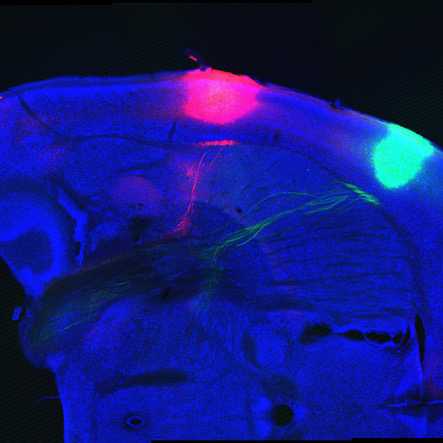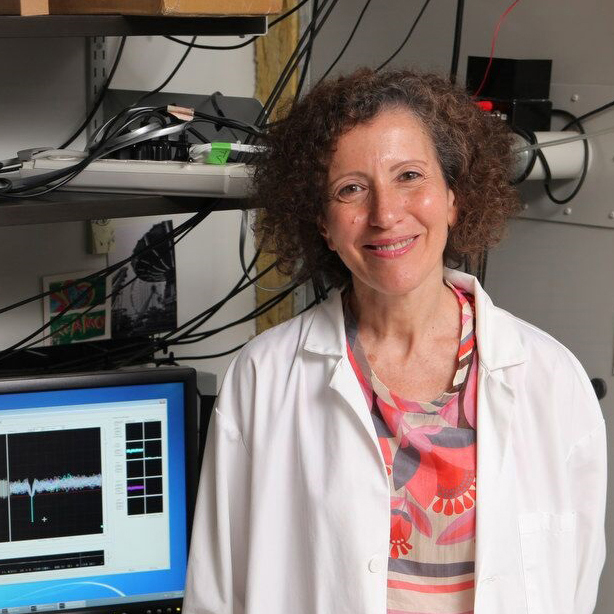The colors of a sunset, the scent of jasmine, the sound of laughter, the touch of a loved one — we experience the world through our senses, all of which are processed in the 100 billion neurons of the brain.
“The role of our brain is to create an internal representation of the outside world,” says Charles Zuker, PhD, an investigator at Columbia's Mortimer B. Zuckerman Mind Brain Behavior Institute, “and the senses are its principal conduit.”
But how does our brain create that representation from the chemicals that enter our nose and mouth, the wavelengths of light that strike our retina? How does the brain use new data to modify that inner picture of the world and to guide our behavior?
The Chilean-born Zuker has devoted nearly 30 years to exploring the molecular biology of the senses. His seminal work on the neuroscience of taste has helped unravel the mystery of how the brain decodes a universe of flavors through a deceptively simple sensory system. His research holds clues as to why the elderly often find food to be flavorless and lose interest in eating, and it may assist researchers in engineering new strategies for the battle against obesity.
Emotions, expectations, hope, creativity, ingenuity, distant memories, are but symphonies of electrical signals being choreographed in our brains.
The sense of taste relies on just five inputs: sweet, salty, sour, bitter, and the meat-like flavor called umami. Unlike the colors of the spectrum we perceive with our eyes, each of the five basic flavors has an innately positive or negative value.
From birth, we love things that are sweet, slightly salty, and umami, and we reject things that are bitter, sour, or very salty. Consequently, says Dr. Zuker, “the taste system affords a beautiful platform for understanding how the brain transforms a chemical signal into like versus dislike — attractive versus aversive behaviors.”
The Zuker lab has illuminated the neural pathways that extend from the five types of taste receptors in the tongue to corresponding taste centers in the brain. Among the discoveries is a 2013 finding that we reject extremely salty foods because they activate the aversive pathways for sour and bitter tastes. A 2015 paper described the basic organization of the brain’s on-off switch for thirst, a discovery that could lead to new therapies for dehydration and excessive thirst.
Dr. Zuker’s own unquenchable thirst for science began in early childhood when his favorite toy was a microscope. He entered college at age 16, started graduate school at MIT at 20, and by age 26, Dr. Zuker had his PhD and was a postdoc at the University of California, Berkeley.
He sees his exploration of the senses as an “entry point” for plumbing the deepest mysteries of what makes us human.
“Emotions, expectations, hope, creativity, ingenuity, distant memories, are but symphonies of electrical signals being choreographed in our brains.”



